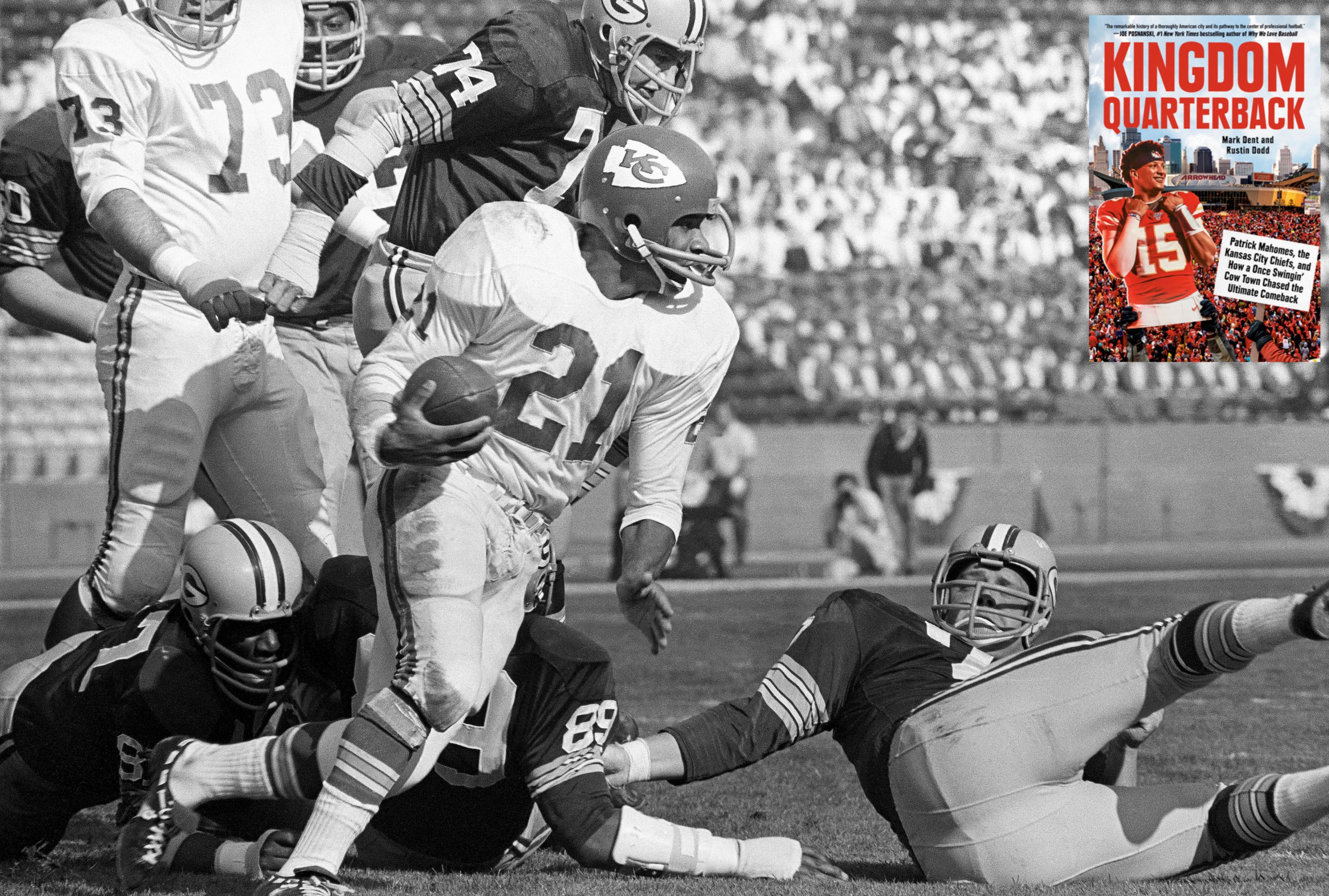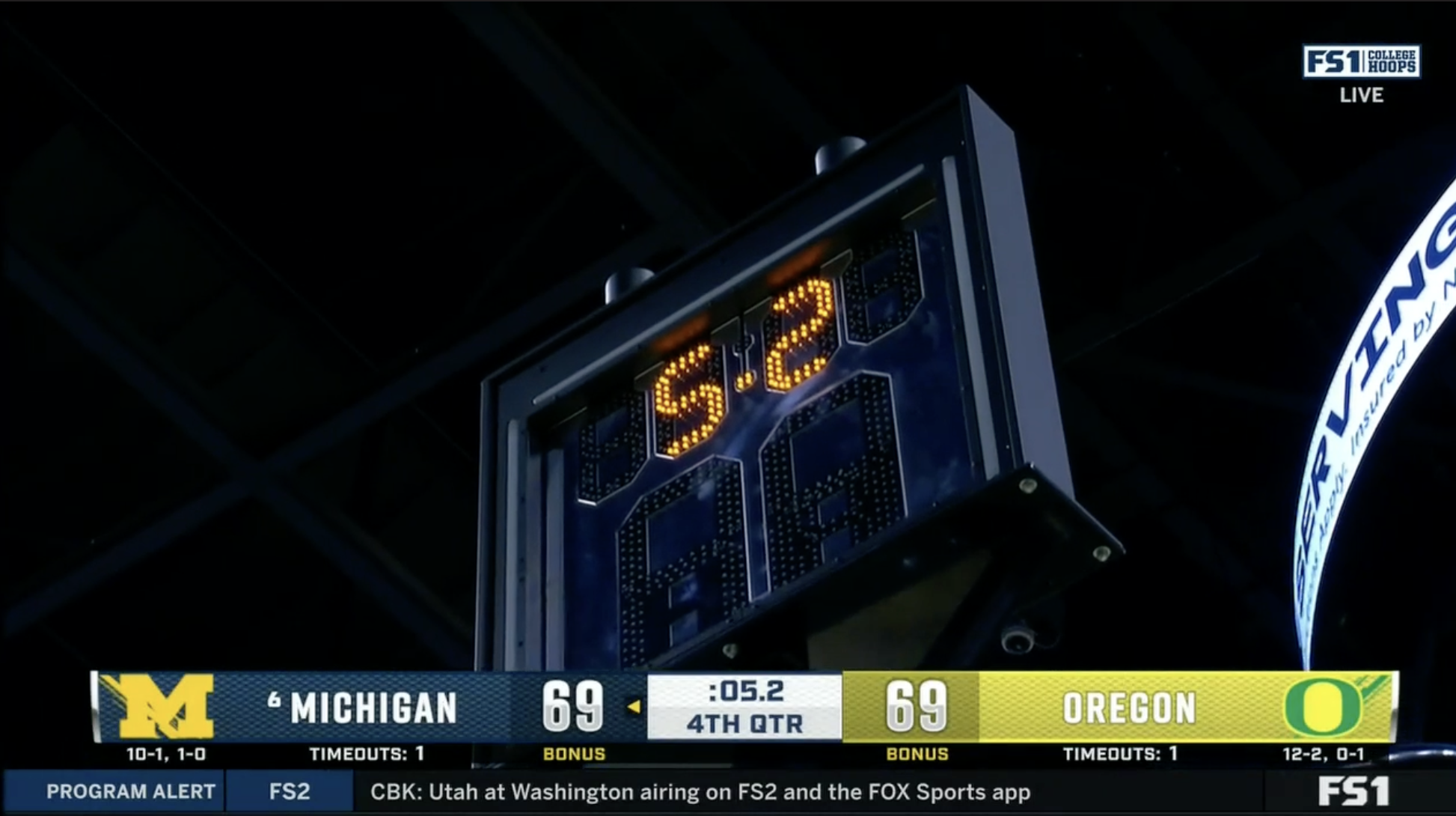Excerpted from Kingdom Quarterback: Patrick Mahomes, The Kansas City Chiefs, And How A Once Swingin' Cow Town Chased The Ultimate Comeback. The book is available now; buy it here.
The Kansas City Chiefs became one of the best football teams in the country in the 1960s by investing in undervalued Black players, especially those from historically Black colleges and universities. Led by owner Lamar Hunt, a strident capitalist seeking to exploit market inefficiencies, Kansas City hired Lloyd Wells, the first full-time Black scout in professional football. Wells helped sign future Hall of Fame linebackers Bobby Bell and Willie Lanier and defensive tackle Buck Buchanan, as well as standout wide receiver Otis Taylor. The team competed in the first AFL-NFL championship, later christened the Super Bowl, in 1966, and won the Super Bowl in 1970.
The city, however, was not nearly as willing to embrace Black residents—football players or otherwise. It had been home to prominent developer J.C. Nichols, whose segregationist ideas and pleasant suburban communities predated the likes of William Levitt (Nichols was later named by Builder magazine as the third-most important figure in 20th century American housing, behind only FDR and Henry Ford). Nichols used unusually powerful restrictive covenants to divide the Kansas City metro, and, on a national level, his methods and ideas shaped the FHA’s redlining strategies and the decisions of numerous cities to destroy entire communities during the urban renewal era.
The Black Chiefs players who joined the team in the 1960s, therefore, knew they’d get an opportunity on the field that many NFL teams would not grant. But in a region riven by Nichols and segregation, they also discovered they were not welcome in many places off the field.
On a crisp March morning in 1966, Mike Garrett boarded a 5:45 flight out of Los Angeles, headed to a place he knew nearly nothing about.
Garrett was a reserved but driven man. At the University of Southern California, he had proved wrong the doubters who challenged his diminutive five-nine height and won the 1965 Heisman Trophy. The Chiefs selected him in the second round of the AFL Draft. Garrett signed on, even though his knowledge of Kansas City was limited to one thing: the Leiber and Stoller song that referenced the intersection at Twelfth and Vine, which, by 1966, had been decimated.
The plane touched down in the early afternoon. Garrett, dressed in a blazer adorned with a Chiefs logo, chatted with reporters alongside coach Hank Stram. He met with Hunt and stayed at the Hotel Muehlebach. He toured the Swope Park practice facility, a modest rectangular building with the team’s front offices and locker rooms, adjacent to a green practice field. Kansas City felt smaller than Los Angeles, but he liked what he saw (including the lack of buggies). The city was going to be his home, and Garrett decided to look for places around the city’s prime shopping district, a smattering of Spanish-influenced eateries and stores called the Country Club Plaza.
Garrett had grown up in the Maravilla housing projects, tagging along with a big brother who taught him how to play sandlot football against older kids. His family wasn’t well-off, but there was usually enough food on the table. During his teenage years, his family moved to Boyle Heights, a diverse working-class neighborhood in East LA. The city had redlining and segregation, but it had opportunities for ascendant Black professionals to progress into larger houses and luxury neighborhoods, like near Wilshire Boulevard. Garrett was now progressing to a new stage in his life, and he believed the Plaza, with a newly installed fountain named after famous developer J.C. Nichols, could be his version of Wilshire.
Garrett and the Plaza should have been an obvious match: He had secured a lucrative contract, and the Plaza had some of the nicest apartments around. Garrett saw plenty with signs displaying rooms for rent. Yet, at every one of them, a property manager told him the signs were incorrect. Nothing was available—not for a Black man. “I was hoping that Kansas City was more progressive than that,” Garrett recalled.
Black Kansas Citians had fought for many advancements the previous twenty years. But housing was still a different story. Not even Chiefs players could penetrate the Troost Wall, the city’s dividing line between Black and white.
Bobby Bell, already a homeowner in Minnesota, wanted a house in that great wonderland of Americana: a Nichols-planned suburb. He looked at some two hundred houses in the mid-1960s, always without success. A real estate agent would notify Bell that the house he wanted had just been sold, or a banker, pressured to bar Black people by a subdivision’s residents, would refuse to underwrite the mortgage. The assistance of Chiefs Stram, who lived in Prairie Village and made calls on Bell’s behalf, had no impact. Bell later recalled that being a football star didn’t make any difference. “If you were Black you didn’t need to be out there. That was the thinking of the people.”
Garrett shared the backfield with Curtis McClinton, a University of Kansas graduate. McClinton scored the Chiefs’ first-ever touchdown in 1963 on a 73‑yard run in the preseason. At the time, he was living in a one-bedroom basement apartment that rented for seven dollars a week. “I had to ask myself, ‘What is the problem? Why can’t I find a place to stay?’” he recalled later. “And it boiled down to the fact that I represented the Black element.” The situation shocked McClinton. He wondered how Kansas City could attract talented Black professionals of any occupation if it kept refusing to invest on the city’s mostly Black East Side and integrate neighborhoods west of Troost. He knew the Chiefs, despite their reputation for scouting and developing the best Black players in the country, were being undermined by the city. Future Hall of Famer Gale Sayers, who, like McClinton, grew up in Wichita and starred at the University of Kansas, was drafted in 1964 by the Chiefs in the AFL and the Chicago Bears in the NFL. The Bears were a middle‑of‑the- pack team headed nowhere, and everybody knew the Chiefs were loaded. Yet Sayers picked Chicago. A few months later, McClinton shared one of the reasons why: “He knew Kansas City; he knew what the housing situation was.”
McClinton, an activist who gathered with the likes of Jim Brown, Muhammad Ali, and Bill Russell, was unwilling to accept the status quo of Kansas City. In 1965, he formed a corporation to develop McClinton Courts, an integrated thirty-three-unit apartment complex on the west side of Swope Park on Fifty-Sixth Street. At the time, McClinton said, Kansas City had just one apartment complex with central heating and A/C open to Black people. It had been developed by another athlete, A’s pitcher John Wyatt. McClinton got Wyatt on board as an investor, along with teammates Bell, Alphonse Dotson, Fred Williamson, and Buck Buchanan. Bruce Watkins, the city’s first Black council member, attempted to curry favor with local politicians.
In the end, the city refused McClinton’s proposal. The area was zoned for single- family homes and duplexes, and the city council voted against the development. It was a loss for McClinton, for the whole city, but hardly the end of his activism. He joined the civil rights organization, Freedom Inc., and started a local chapter of Brown’s Black Economic Union, offering classes, investing in Black start-ups, and connecting Black businesses to Kansas City’s white corporations.
In 1966, McClinton got even better when he was paired with Garrett in the backfield. They combined for 1,801 all-purpose yards, and both made the Pro Bowl. The Chiefs put everything together: Taylor averaged 22.4 yards per catch, the defense intercepted thirty-three passes, and the team went three months without a loss. On January 15, 1967, they played the Green Bay Packers in the first AFL-NFL championship. The Chiefs tied the game at 7–7 on a touchdown pass from Dawson to McClinton, and then nothing went right. They lost 35–10.
After the disappointment, McClinton returned to his greatest off-field priority. The denial of the McClinton Courts apartment complex had helped catalyze a housing movement. For the past year McClinton had spoken at rallies across the metro area, hoping to change laws in six counties. At Watson Memorial Methodist Church in Independence, Missouri—down the street from the home of Harry Truman—McClinton addressed a crowd of 120, sharing the story of his basement apartment and how he had to buy a home far from the Chiefs’ practice facility. “No one likes to be directed to a particular area of the city to live, but wants to choose where he will live,” he exclaimed. The pressure picked up, even in the face of hostile opposition from the local real estate industry. On July 21, 1967, six months after the Super Bowl, Kansas City passed a fair-housing law.
The city had changed, ever so slightly, in ways Garrett realized the next time he went apartment hunting. His first year, he ended up living at the Hilltop House apartments on the East Side. He had a short drive to practice at Swope Park and games at Municipal Stadium; and the University of Missouri–Kansas City, where he took sociology courses, was a few blocks away. But Garrett yearned for the area that had drawn his attention when he arrived in Kansas City. In 1968, with the city falling for the franchise and the fair-housing ordinance in effect, Garrett returned to the Plaza, searching for vacancy signs. This time, somebody rented him an apartment.
The housing reforms that McClinton pushed for took longer to reach Nichols’s suburbs. Prairie Village passed a fair housing ordinance in May 1968, forced into action after President Lyndon Johnson signed a national fair-housing act. Prairie Village mayor Carl Schliffke said the town really didn’t need the ordinance. “We’ve never questioned the right of anybody to move to Prairie Village,” he told a reporter. Bobby Bell wasn’t so sure.
The same year Prairie Village passed the fair-housing law, Bell finally did get the house his family sorely needed: a four-bedroom Colonial on Delmar Street. Bell bought it with the help of a friendly white man who had heard about Bell’s situation. The man bought the house and then rented it to Bell until Bell could find a willing mortgage underwriter.
Bell’s family was one of just a handful of Black families to have integrated Prairie Village or other Nichols suburbs. As Bell recalled, the man who sold him the house was “blackballed,” ostracized by the community. And on the day that Bell’s family moved in, somebody knocked on the door. The subdivision was holding an emergency meeting that night. They were organizing a protest of their new Black neighbor.
But Bell wasn’t going anywhere. And soon, teammates Willie Lanier and Buck Buchanan joined him in nearby subdivisions.







